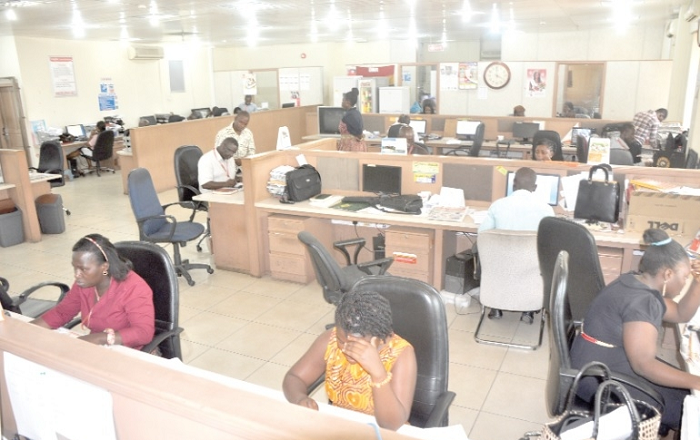Media is the life breath of a democracy. Its very survival depends on it. However, with the fast evolution of new digital technologies and enabling unparalleled opportunities for news creation and dissemination, the revenue base of news organisations are fast declining, with newspaper being the hardest hit.
According to Pew Research Centre (http://pewrsr.ch/2xfSfLz) in the United States of America (USA), between 2006 and 2014, the newspaper industry lost approximately 30 billion dollars in advertising. In other parts of the world, there are a number of experts who are predicting the death of newspapers. These predictions are not too far-fetched since around the world one continues to hear of newspapers folding up and others struggling with circulation. Traditional news organisations are now faced with unprecedented decline in audiences since most consumers are turning to digital forms to consume news.
To add insult to injury, although there is significant growth in digital spending, news organisations are not enjoying this growth. Rather, big technology companies such as Google, Facebook, Yahoo and Twitter who are now integrating news in their product offerings are taking a chunk of this revenue. It stands to reason then, that news organisations all over the world are struggling to find new sources of revenue, especially for their online business.
There are a number of options when it comes to online models for revenue generation; these include news app development, subscription, advertising, sponsored content, content sales/licensing, venture capital, philanthropic contributions, audience donations/crowdsourcing and government funding.
What is a pay wall?
A pay wall can be described as an online platform whose access is restricted to registered users or paid-up subscribers. Pay walls are increasingly being used to restrict access to content on a website to only persons who will and are able to pay for it.
There are three main types of pay walls, namely hard pay wall, which does not have any free content and users have to pay for everything; soft pay walls, which provide users with some free content such as abstracts, highlights or previews; and the metered pay walls which offer a number of free content after a set of pre-determined conditions are met, whereupon the system restricts access and prompts users to pay for further content. For metered pay walls, online content producers can use conditions such as time spent on their website, geographical location, number of articles, number of page views and what type of devices (mobile or computers) when setting up their metering system. For example, if a user is reading content from outside the country (geographic condition) where a newspaper is published, after an hour (time condition), the user will be asked to register, complete a survey, take up a subscription or pay per usage in order to continue reading content.
Another variation of pay walls is freemium. A freemium combines premium and free content. Content is generally free but content which publishers consider high value (premium) are paid for. Using this model, publishers attract users to their website, grab their attention and then offer them premium quality content for a fee.
In addition to newsrooms, publishers of academic journals are also popular users of pay walls, meaning publishers can earn revenue from their work by allowing access to such journals only available to libraries or individuals who subscribe or pay for access.
Conditions for success of pay wall
Some news organisations have not bothered to deploy this option because of the fear of losing online readership and digital advertising. For those who want to deploy, they must consider some of the following key success factors: high quality content, understanding of news consumers’ habits, dynamic pricing models which have multiple options for subscription. Payment options should not be rigid; publishers should be able to offer hybrid payment options by offering one-time subscription payments, pay as you go and micro payments. The key to success is providing audiences with flexible options depending on audience characteristics and habits. Also, there are a number of vendors who are offering paywall solutions, which means newsrooms can tap into these products without worrying about the technical aspects of deployment.
It is important to state that a pay wall can be breached through the use of certain software or online tools which enable users to bypass pay wall and consume content for free instead of paying for it. Therefore, it is imperative to consider security mechanisms when deploying pay wall to minimise this risk.
Can pay wall save news organisations?
Over the years, news organisations deploying pay walls have experienced mixed results, with some huge successes and major failures. As the industry struggles to stay afloat, pay wall is one of the key options on the table. At the end of the day, democracy needs a vibrant media and we are all obligated to find solutions to sustain the media’s role in our countries.
By Kwami Ahiabenu II






